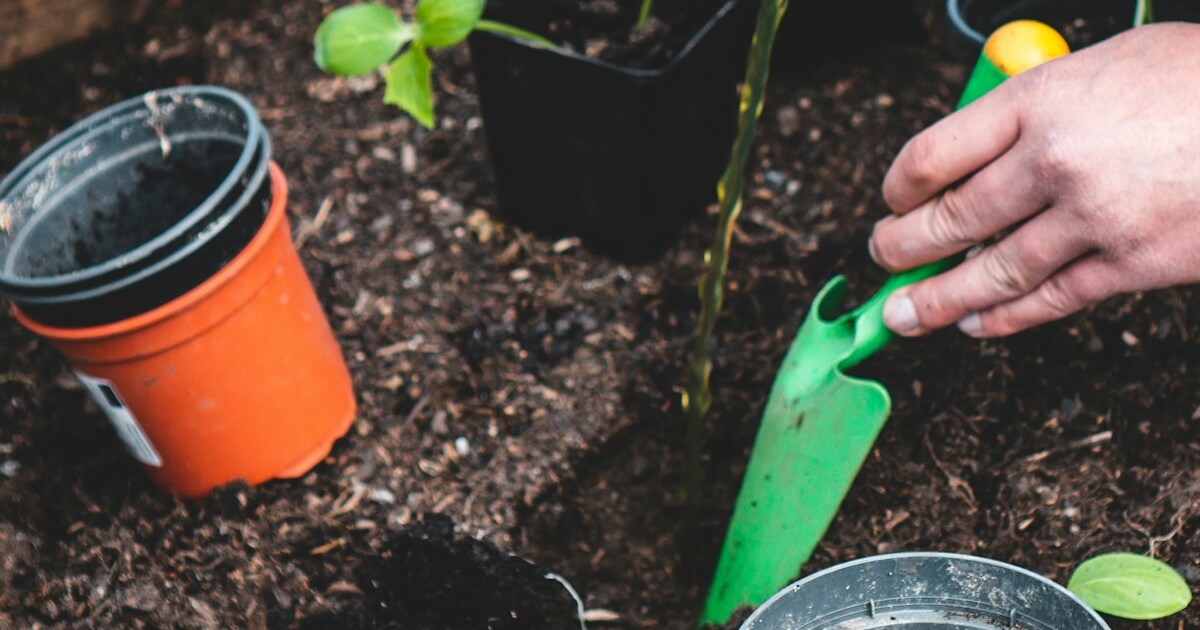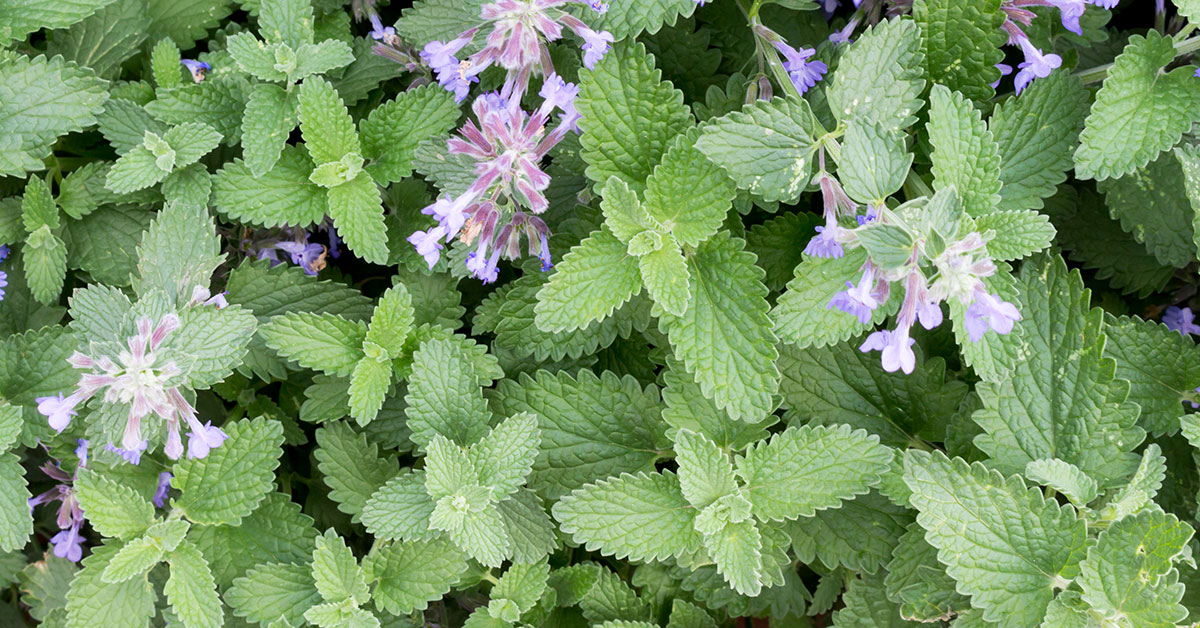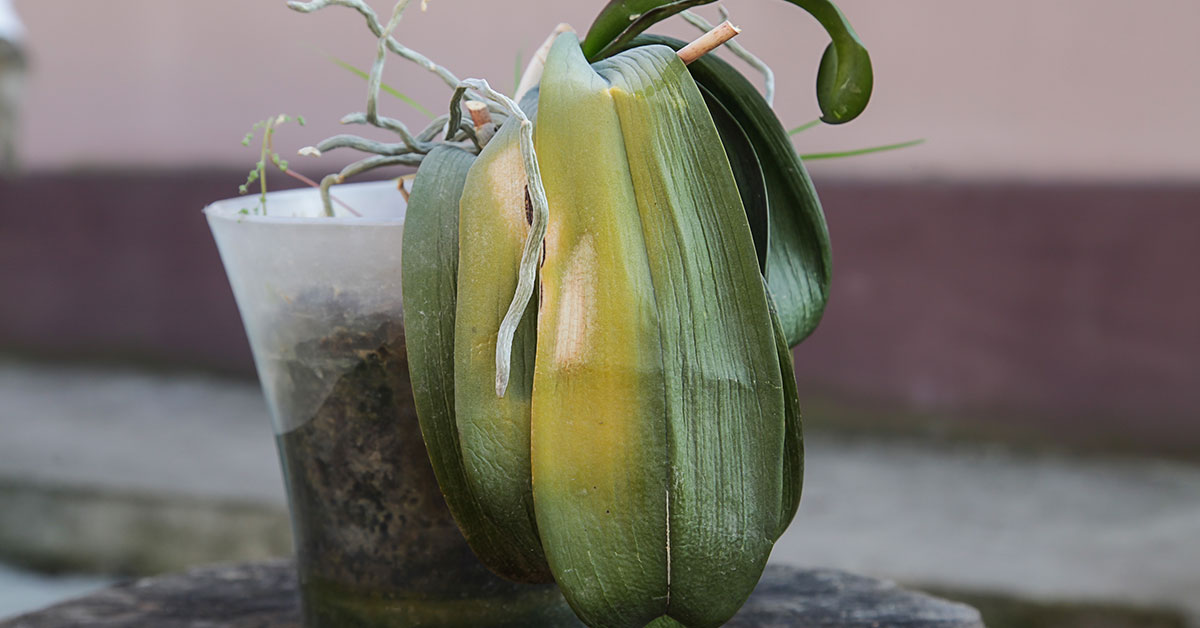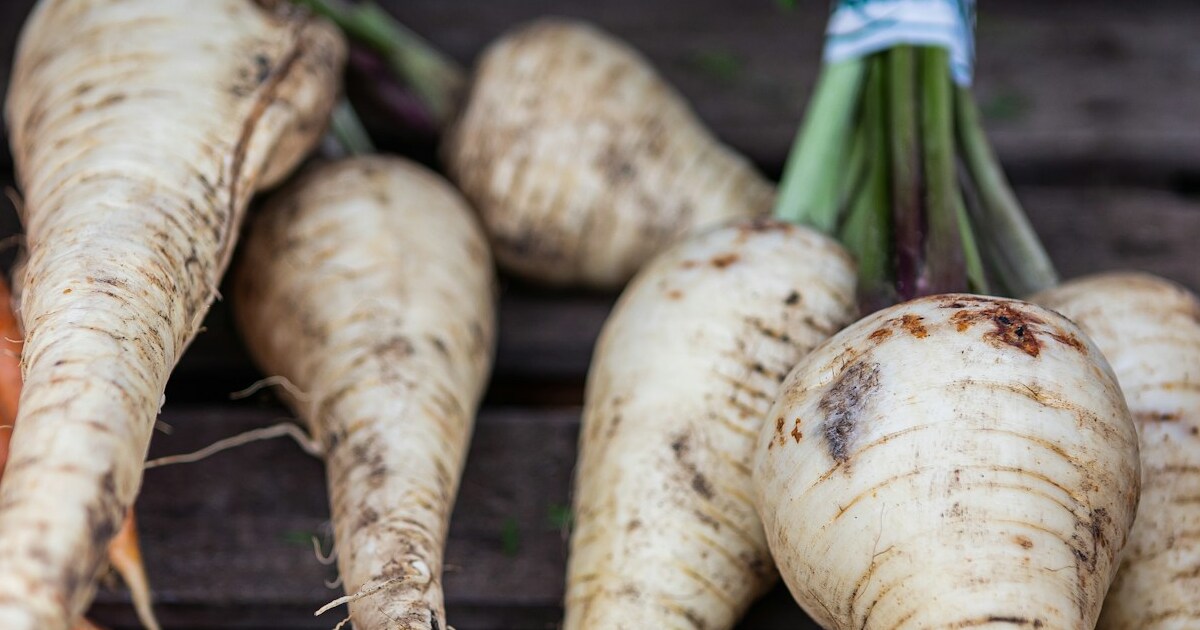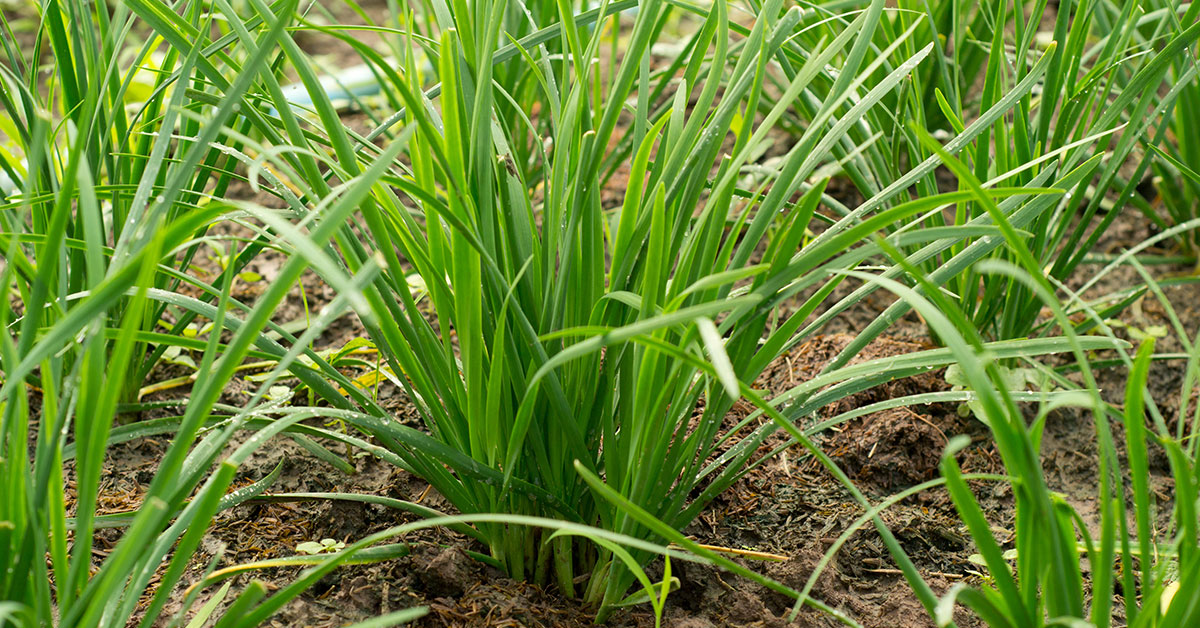I still remember the first time I mixed a generic “all-purpose” fertilizer into my tomato patch—my beloved heirloom Solanum lycopersicum (native to western South America) suddenly produced lush, dark-green leaves but no juicy fruits! It’s such a bummer when you follow a product’s instructions to the letter, only to watch your vegetables sulk in frustration. Whether you’re growing crisp carrots in lean soil or sprawling squash in rich loam, using the wrong fertilizer can lead to disappointments that feel downright heartbreaking.
In this article, we’ll explore nine telltale signs that your fertilizer might be sabotaging your harvest. From yellowing leaves to sudden pest invasions, I’ll help you recognize when something’s amiss—complete with details about each vegetable’s native preferences, how improper nutrient balances affect their health, and even how misguided fertilization can create cozy habitats for pests like slugs or aphids to nest. So, grab your garden journal and let’s dive into the nuances of feeding your veggies the right way!
Blossom Drop or Poor Flower Production

When your pepper plants (Capsicum annuum, native to southern Mexico and Central America) set tons of buds but almost none turn into peppers, you might have a fertilizer problem. Excessive nitrogen can encourage rampant foliage growth at the expense of blooms. I remember the frustration of my first bell pepper planting: after one too many high-nitrogen feedings, the plants were a forest of leaves but no hint of fruit! Some misguided fertilizer blends pack nitrogen in bucketloads, telling you that greener is always better—but for fruiting veggies, balanced phosphorus and potassium are equally essential.
Structural deficiencies caused by phosphate-poor formulations can also stunt blossom development in tomatoes, squash, and eggplants. When flowers fail to develop, the plants may even abort buds mid-bloom, dropping them to the ground as if they were never there. That’s such a disheartening moment—especially when you see hungry bees buzzing around, looking for nectar that doesn’t exist! To correct this, look for fertilizers labeled with a higher middle number (e.g., 5-10-10), or supplement with bone meal or rock phosphate to give those plants the foundation they need to flower and set fruit properly.
Leaf Burn or Fertilizer Scorch

Nothing feels worse than checking on your kale (Brassica oleracea var. sabellica, native to the eastern Mediterranean) and finding crisp, brown edges on the leaves—clear evidence that your fertilizer is literally burning the plant tissues. High-salt fertilizers, especially synthetic ones with fast-release compounds, can draw moisture out of delicate roots, causing the entire plant to wilt and scorch. I learned this the hard way when I spread what I thought was a gentle granular feed around my young kale seedlings, only to return two days later and find them looking as if they’d spent hours under a blowtorch!
Beyond the telltale brown margins, you might notice white crusts forming on the soil surface—those are salt deposits left behind as water evaporates, a surefire sign your fertilizer concentration is too high. This salt accumulation dissuades beneficial earthworms from nesting, and without those tireless underground gardeners, your soil structure suffers even further. If you see these symptoms, it’s time to flush the soil with plenty of water, reduce fertilizer strength by half, and switch to a gentler, more balanced formula—such as an organic blood meal or compost tea—to restore harmony in your beds.
Wilting or Drought-Like Symptoms
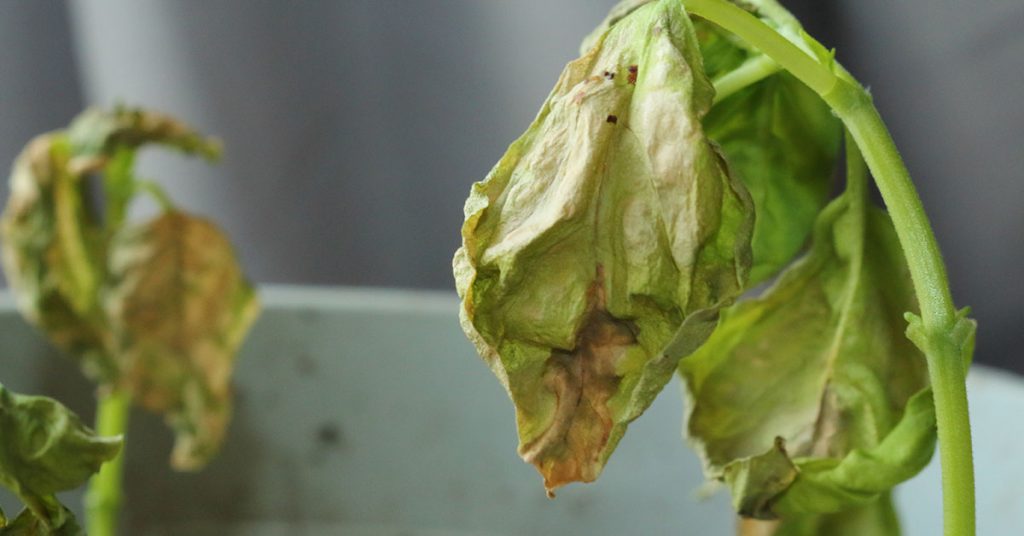
Have you ever watered your cucumber vines (Cucumis sativus, native to India) thoroughly, only to watch them wilt within an hour as if they were parched? While underwatering is the usual suspect, the wrong fertilizer can mimic drought stress. High concentrations of soluble salts in synthetic feeds create a situation where plant roots can’t absorb water properly, effectively dehydrating them even when the soil is moist. I experienced this scenario in my garden when a fast-release chemical fertilizer left my cucumbers looking as if they were dying of thirst—yet I was watering twice a day!
In other cases, fertilizers deficient in potassium weaken cell membrane function, making it harder for plants to regulate water uptake. This is especially noticeable in leafy greens like lettuce (Lactuca sativa, native to the Mediterranean), where leaves become limp and start yellowing from the edges inward, resembling drought damage. If you suspect fertilizer-induced wilting, flush the root zone liberally with water to wash away excess salts, and switch to a potassium-rich blend—kelp meal or wood ash can help. Those slight adjustments can revive stressed plants and prevent further root damage.
Excessive Foliage Growth With Few Fruits
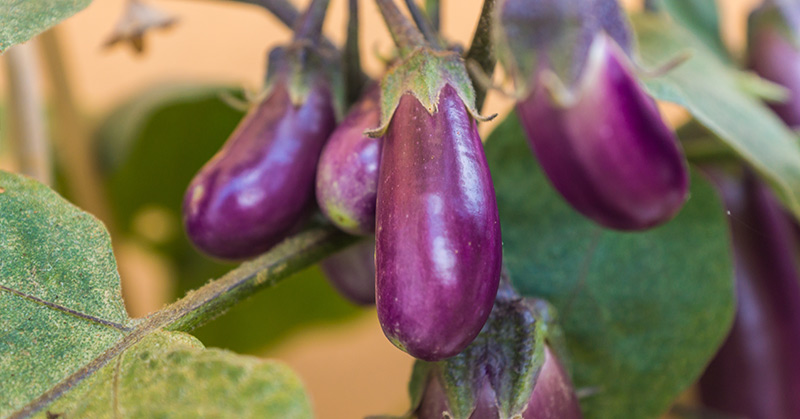
One of my favorite plants is eggplant (Solanum melongena, native to India and Bangladesh), but after a few years of overenthusiastic fertilization, I ended up with a jungle of drooping leaves and zero purple fruits to show for it. That’s classic evidence of too much nitrogen in the fertilizer mix. Nitrogen spurs lush leafy growth while suppressing reproductive development—your veggie patch starts to look like a greenhouse fern garden rather than a productive food source!
This imbalance doesn’t just rob you of edibles; it also invites pests like aphids and leafhoppers that nest in the tender new shoots. I recall trimming away massive, floppy foliage from my zucchini (Cucurbita pepo, native to North America) patch after a high-nitrogen feed, only to discover aphids thriving in those shade-filled hollows. To remedy the situation, switch to a fertilizer with a lower first number (nitrogen) and slightly higher phosphorus and potassium—say, a 5-10-10 ratio—to encourage blossoms and fruits rather than out-of-control greenery.
Root Deformities or Weak Root Systems

If you’ve ever unearthed a bunch of twisted, stunted carrots (Daucus carota, native to Persia and Central Asia) or sparse, shallow potato tubers (Solanum tuberosum, native to the Andes Mountains), the wrong fertilizer could be the culprit. Root vegetables need a careful balance of nutrients to develop properly underground. Fertilizers high in nitrogen but low in phosphorus can encourage a disproportionate focus on leaf growth, leaving little energy for root development. I once applied a generic “veggie mix” to my carrot bed only to find misshapen, forked carrots that seemed to prefer growing sideways rather than down!
Moreover, excessive phosphorus from certain rock phosphate products can create micronutrient lockout—particularly of iron and zinc—resulting in poor root health. That’s when you might notice limp, shallow roots struggling to anchor your bean plants (Phaseolus vulgaris, native to the Americas), which start falling over at the first sign of wind or rain. To set things right, conduct a soil test and choose a balanced fertilizer—perhaps a 5-5-5 or 10-10-10—then incorporate organic matter like compost to improve soil structure. Healthy, crumbly soil structure encourages roots to seek out air, moisture, and nutrients naturally, preventing many of these deformities.
Soil pH Shifts and Mineral Lockout

When I first planted spinach (Spinacia oleracea, native to Persia) in my raised beds, I used a high-alkaline fertilizer, hoping to boost growth quickly. Within weeks, the leaves started showing chlorotic patterns—yellowing between veins—indicating iron deficiency. I later discovered that the fertilizer raised my soil pH to 8.0, locking out essential micronutrients. Many vegetables, especially those native to acidic or neutral soils—like blueberries (Vaccinium corymbosum, native to eastern North America)—can’t absorb iron, manganese, or zinc when pH creeps too high. That’s when you see pale or yellowed foliage, despite regular fertilizer applications!
Conversely, overuse of certain elemental sulfur-based fertilizers can drop pH too low, causing aluminum toxicity and root burn in crops like beans and peas (Pisum sativum, native to the eastern Mediterranean), which prefer a pH of around 6.0–7.0. Detecting pH swings requires a simple soil test: if your veggies look nutrient-deficient despite feeding, consider pH as the hidden culprit. The fix? Amending with lime to raise pH or adding garden sulfur to lower it—always in moderation and followed by retesting to ensure you’re back in the sweet spot for your vegetables.
Unusual Pest or Disease Outbreaks
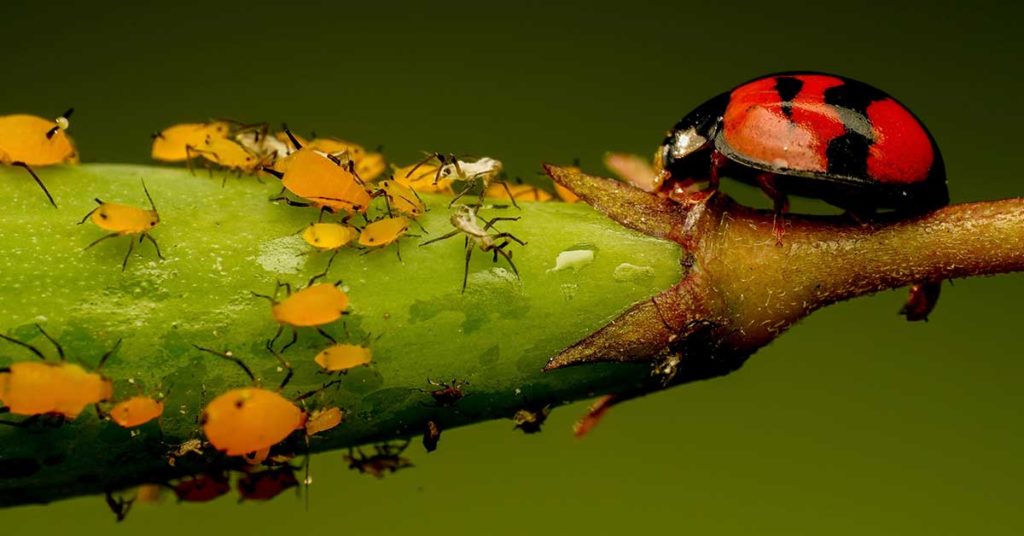
Have you ever seen your bell peppers (Capsicum annuum, native to Central America) suddenly colonized by aphids or spider mites after a recent fertilizing session? The wrong fertilizer can throw your garden’s ecosystem off balance by creating overly lush foliage that pests adore. Soft, nitrogen-fueled growth is a magnet for sap-sucking insects, which then weaken the plant and spread diseases like mosaic virus. In my own garden, I once noticed thrips swarming my eggplants (Solanum melongena, native to India) after a heavy nitrogen feed—a direct consequence of encouraging tender, pest-friendly shoots.
Furthermore, excessive use of high-nitrogen or phosphorus fertilizers can promote certain fungal pathogens. For example, Fusarium wilt in tomatoes can become rampant in beds with imbalanced nutrients. Once, I spread a high-phosphorus bone meal around my tomato roots (Solanum lycopersicum, native to South America) only to see wilting and yellowing stem bases within days. That buildup of phosphorus created conditions favorable for Fusarium to colonize. The remedy? Rotate in low-nitrogen, high-potassium compost teas, monitor soil moisture carefully (excess wetness often accompanies these outbreaks), and use disease-resistant cultivars to break the cycle.
Yellow Leafing or Chlorosis

Yellow leaves are the bane of many a gardener, especially when you’ve fed your veggies faithfully. In my first cucumber (Cucumis sativus, native to India) planting, I applied a bag of generic “veggie fertilizer” and admired my handiwork—only to return a week later to patchy, yellowing leaves. That’s often a clear signal of nitrogen deficiency, but using a fertilizer skewed too low in nitrogen—or too high in other elements—can also create nutrient competition in the soil. When magnesium or iron levels are locked out, the plant’s chlorophyll production suffers, and leaves turn yellow.
This chlorosis also shows up in lettuce (Lactuca sativa, native to the Mediterranean), spinach, and peppers when soil pH is thrown out of whack by an imbalanced feed—particularly with overuse of calcium-only lime. I once mistakenly thought my lettuce was under-watered; in reality, the problem was that a pH shift had locked out magnesium, leading to interveinal yellowing. To correct this, I added a light application of Epsom salts (magnesium sulfate) and adjusted my fertilizer regimen to include chelated micronutrients, restoring my lettuce patch’s vivid green in just a couple of days.
Stunted Growth Despite Fertilizer Application
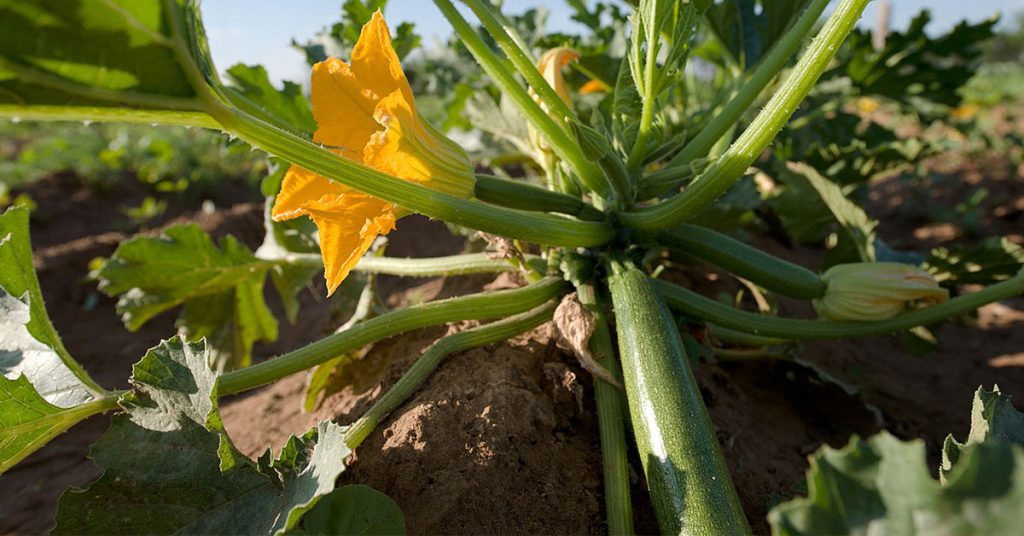
One of my favorite vegetables is the humble zucchini (Cucurbita pepo, native to North America), but after an initial fertilizing spree, my plants barely grew beyond their first true leaves. I was bewildered—“Is it a seed issue?” I wondered. As it turned out, I’d used a slow-release fertilizer with a high proportion of phosphorus meant for flowering bulbs, not for hungry, vining vegetables. Zucchinis are heavy feeder veggies that crave a balanced N-P-K ratio; pushing too much phosphorus stunted their vegetative growth and delayed flowering (and steering them away from their own native genetics, which favored rapid leaf and vine development).
Similarly, root crops like beets (Beta vulgaris, native to the Mediterranean) can stall in their growth when you apply fertilizers lacking adequate potassium—vital for carbohydrate translocation. I remember finding tiny, yellowed beet leaves poking timidly above the soil, while nearby weeds thrived exuberantly. To adhere to your zucchini and beet’s needs, opt for a balanced fertilizer (for example, a 10-10-10) or one slightly higher in nitrogen early on, then switch to a 5-10-10 blend as they begin to set flowers and roots. That tweak made my zucchini vines explode with vigor and my beets plump into perfect rounds!


